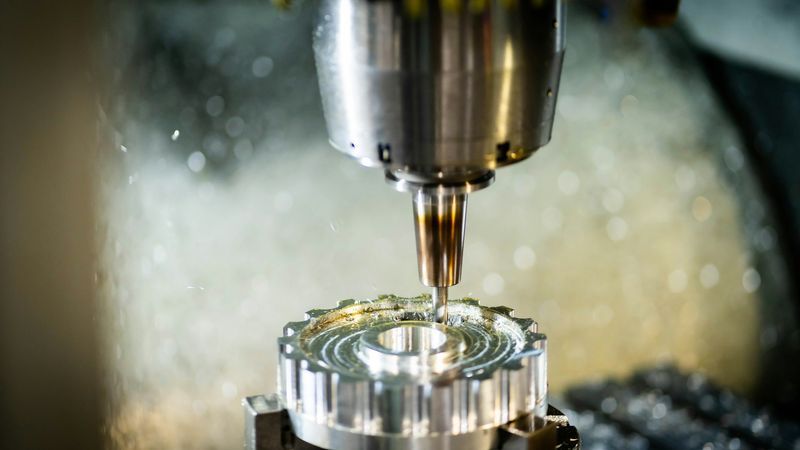Reasonable CNC Machining Tolerances - Balancing Precision and Cost
Let's discuss a major misunderstanding about CNC machining tolerances.

Photo by Jelifer Maniago on Unsplash
An interesting observation from RPWORLD’s experienced manufacturing engineers: Over 10 years ago, different custom mechanical parts often had a mix of different strict and loose tolerances. However, in recent years, mechanical parts of different applications frequently have very strict tolerances and high precision, even for surfaces where high dimensional accuracy and surface quality are not crucial. This reflects industrial progress, but actually some of these stringent requirements are unnecessary. Today, let's discuss a major misunderstanding about CNC machining tolerances.
A Misunderstanding about CNC Machining Tolerances
People often believe that tight tolerance can improve product quality. Actually, tight part tolerances only indicate a high production quality for individual parts, and do not directly equate to higher product quality. Product quality is ultimately presented through the assembly of parts. However, the tighter the tolerances for parts, the higher the manufacturing costs and product costs. For instance, an overly stringent tolerance might require that parts go to a secondary grinding or EDM operation for completion, unnecessarily increasing costs and lead-time. The relationship between the machining cost and part is shown in the following figure.
Meanwhile, tolerances that are “too loose” or that aren’t in line with those of mating parts can make assembly impossible, leading to required rework, or in the worst case, making the finished product unusable. Therefore, while meeting product function and quality’s requirements, the tolerance requirements for parts should be reasonably set to reduce product manufacturing costs.
How to Set Reasonable Part Tolerance for Product Design?
1. Design Reasonable Gap
In the assembly relationships of parts, there are situations where the planes of parts are in contact and tightly fit together, leaving no gaps between the planes. In other cases, a certain gap needs to be designed between the planes to prevent assembly interference or to ensure that the assembled product dimensions remain within specifications. Generally, as long as it does not affect the product's function and quality, the gap should be as large as possible.
2. Simplify Assembly Relationships
Simplifying assembly relationships reduces the number of dimensions in a tolerance chain, thereby decreasing cumulative tolerance. In a dimension chain, fewer dimensions lead to smaller cumulative tolerance. For critical assembly relationships, adjustments should be considered in the initial design phase to simplify assembly and avoid requiring too many parts with strict tolerances, ultimately reducing cumulative tolerance.
3. Use Positioning Features
When designing parts with assembling relationships, adding positioning, as illustrated in below. This method enables parts to be accurately assembled into products. In product design, it is only necessary to control the process tolerances of dimensions related to the locating features, allowing looser tolerance requirements for other less critical dimensions.
4. Use Points or Lines for Planar Fits
When two parts have a plane-to-plane fit and relative motion, either during assembly or use, a point or line to plane fit can be used instead. This prevents plane deformation or high surface roughness from hindering smooth movement, allowing for more relaxed flatness and surface roughness tolerances.
The above are some examples of designing appropriate tolerances for CNC machined parts. Want to know more about the biggest myth about tolerances? We’re here to support your project from prototyping to production, whatever the tolerance requirements. RPWORLD provides all your CNC milling and turning needs. We always have manufacturing engineers available to assist with any questions. Ready to start your next project? Contact us now.